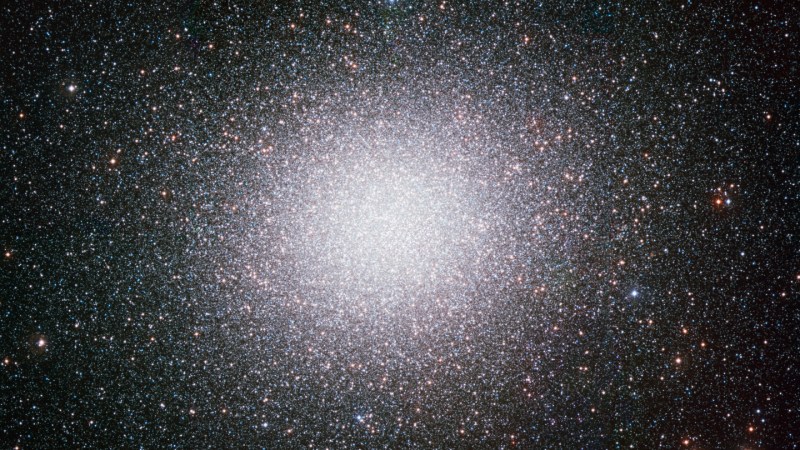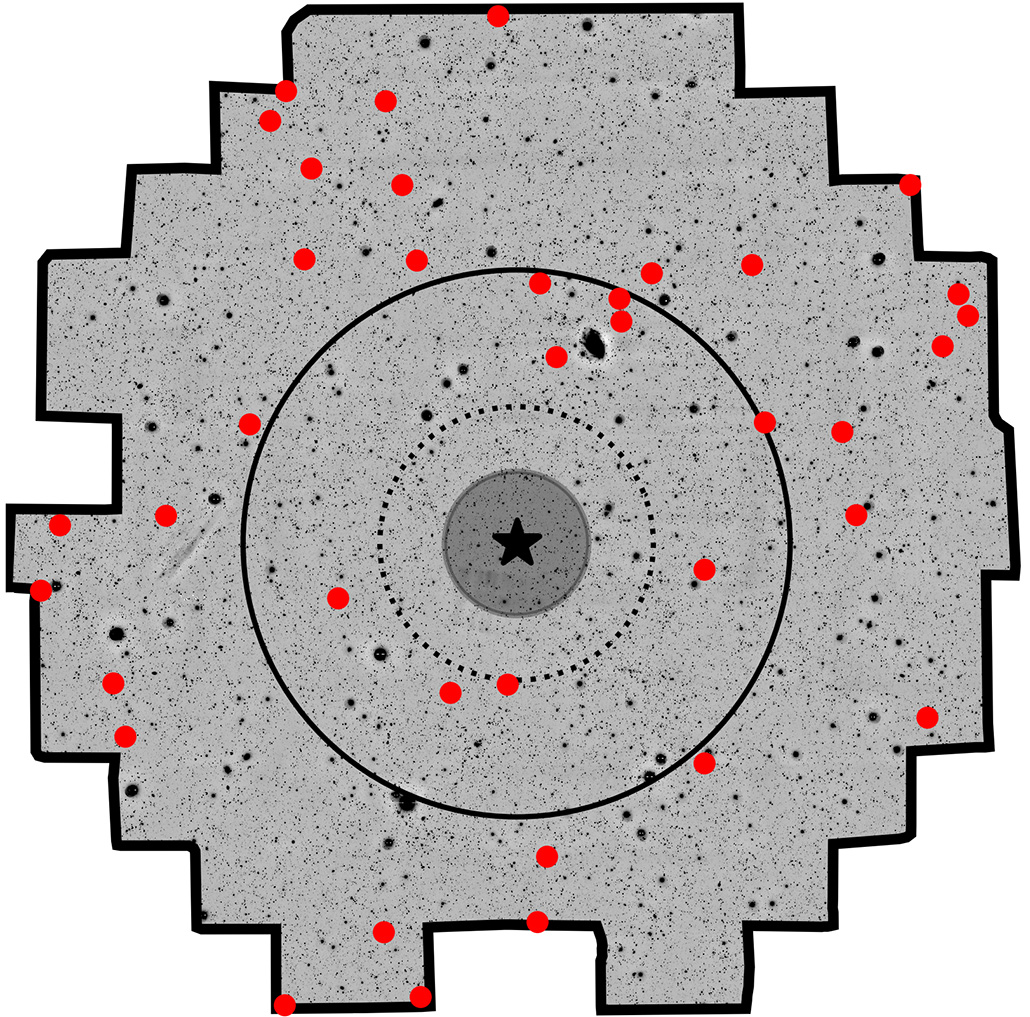Head-scratching observations of distant galaxies are challenging cosmologists’ dominant ideas about the universe, potentially leading to the implication that the strange substance called dark matter doesn’t exist.
That’s one possible conclusion from a new study published June 20 in The Astrophysical Journal Letters. The finding “raises questions of an extraordinarily fundamental nature,” says Richard Brent Tully, an astronomer at the University of Hawaii at Manoa who was not involved in the work.
Astronomers suspect dark matter exists because of the way stars and other visible material at a galaxy’s visible edge rotate. The rotation speeds of objects far from a galactic center are much higher than they should be given the amount of luminous stuff seen in telescopes. Under physicists’ current understanding of gravity, this implies that a massive reservoir of invisible matter must be tugging on those stars.
The new results rely on the fact that massive objects warp the fabric of space and time. Galaxies are made from enormous amounts of visible stars, gas and dust, as well as — the theory goes — a huge halo of invisible dark matter. This means that light will be bent and distorted as it travels past a galaxy, an effect known as gravitational lensing.
Knowing this, astronomer Tobias Mistele of Case Western Reserve University in Cleveland and colleagues decided to hunt for signs of gravitational lensing around multiple galaxies as a way to probe the galaxies’ contents. The team looked at a catalog of roughly 130,000 galaxies imaged by the VLT Survey Telescope at the European Southern Observatory’s Paranal Observatory in Chile, searching for telltale streaks that indicated the presence of more distant galaxies whose light had been bent and distorted by the intervening objects.

The amount of lensing provides a proxy for the masses of the foreground galaxies, including both their luminous matter and, presumably, the much larger quantity of dark matter that surrounds each galaxy. The team then calculated the mass at various distances from each galaxy’s center and used that to infer the speed at which a star would orbit at those distances.
Under the prevailing model of cosmology, called Lambda CDM, dark matter clumps up into enormous globs in the cosmos, and the gravitational attraction of these globs draws in visible matter, which goes on to form a galaxy (SN: 4/4/24). Previous observations have established that these halo-like clumps extend out to at least 300,000 light-years from a galaxy’s center. Beyond that edge, stars’ rotation rates should start to slow down.
Yet using their gravitational lensing data, Mistele and his colleagues calculated that a star placed a million light-years from each galaxy’s center, and potentially up to 3 billion light-years away, would still be rotating far too fast given both the visible and dark matter believed to be present in the galaxy.
Does that mean that there’s even more invisible material than previously thought? Perhaps not.
A rival theory to Lambda CDM, known as modified Newtonian dynamics, or MOND, does away with the concept of dark matter entirely and instead suggests that gravity behaves differently on the scale of galaxies (SN: 3/28/18). Long championed by Mistele’s coauthor Stacy McGaugh, also of Case Western, MOND specifically predicts the types of observations found in the study.
But Lambda CDM isn’t down for the count quite yet.
“I think it’s a real stretch to say that one can do away with dark matter, because the lines of evidence [for it] are so numerous,” says Bhuvnesh Jain, a cosmologist at the University of Pennsylvania.
For instance, the growth of large-scale structures in the universe since the Big Bang is far better explained by Lambda CDM than MOND. Jain suggests that perhaps there are even more exotic ideas in mathematical models of gravity, inspired by the higher-dimensional thinking found in string theory, that could account for the current large-scale structure of the universe. Certain variations of such ideas might be able to explain Mistele and his colleagues’ data while also revising the role of dark matter.
Observations from the European Space Agency’s Euclid satellite, which launched last year, will soon provide researchers with much better gravitational lensing data, potentially helping untangle what’s going on with this odd mystery.
#Strange #observations #galaxies #challenge #ideas #dark #matter
Image Source : www.sciencenews.org



